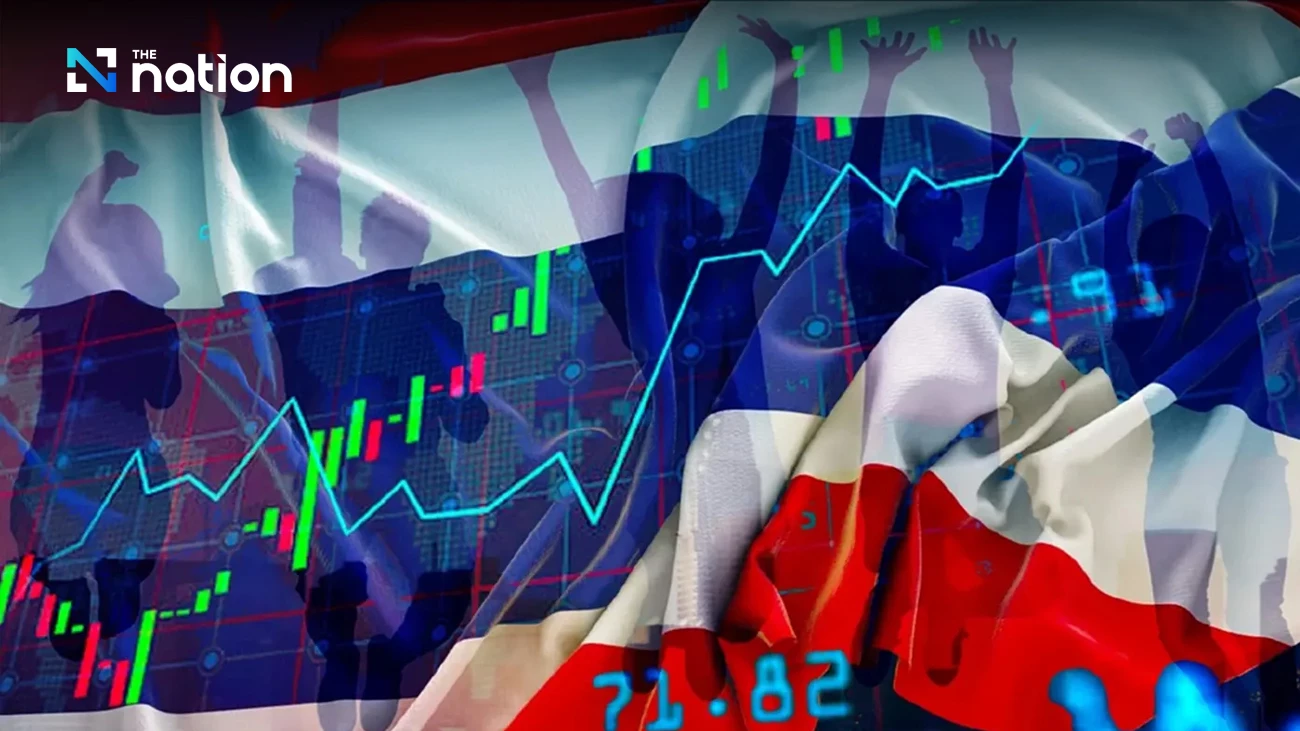Joint drive to cut food loss and waste

THE GOVERNMENT in collaboration with the Food and Agriculture Organisation (FAO) of the United Nations yesterday launched a major awareness-raising initiative to address food loss and food waste in Thailand.
The national Save Food Campaign in Thailand, endorsed by partners of the Save Food Network, is the first of its kind in Asean. It was launched yesterday at CentralWorld by the deputy minister of agriculture and cooperatives, Apichart Pongsrihadulchai, and FAO assistant director-general and regional representative Hiroyuki Konuma.
“Worldwide, food worth more than Bt32 trillion, or US$1 trillion, is lost during production, at harvest, during handling, transportation, distribution, and storage or is simply wasted and thrown away at the consumer level, and in the retail and food service sectors,” Konuma said during the launch. “That is the equivalent of some 1.3 billion tonnes of food lost or wasted each year. To put it another way, that’s more than one-third of all food produced worldwide.”
Rosa Rolle, FAO technical coordinator of the Save Food Campaign, said: “While this is a global issue, and while there are no exact figures on how much food is wasted at the consumer level or in the food-service and food-retail sectors in Thailand, it is easy to see in many restaurants that food prepared for consumers often isn’t finished. “Food losses continue to be the main issue of concern in Thailand. While value-chain development is making a difference in reducing the levels of food losses, losses in the traditional systems that supply the bulk of food requirements to the mass market are high, largely due to a limited knowledge base of handlers, the high cost of post-harvest technology, and improper packaging and handling. Strategies are, therefore, needed to overcome these bottlenecks,” Rolle said. Konuma said: “Mishandling along the value chain and food waste by consumers result in more than economic loss. They represent a loss of all the valuable efforts and natural resources that were required to grow, harvest, produce and deliver the food to us.
Hard work
“We need to remember all the hard work of farmers and fishermen to source the food and the waste of natural resources that were required to grow the food. This is especially true in the case of consumers who often order too much food in a restaurant or buy too much when shopping, eventually throwing it out later. This borders on indifference and even disrespect of food and the efforts of people who bring it to us,” he said.
The launch of the campaign at Bangkok’s CentralWorld shopping complex included a walk-through display area of how food is produced, and how it is too often lost or wasted. A video presentation highlighted consumer attitudes towards food loss and waste and offered suggestions on some of the quite simple actions people can take to reduce the loss and waste if they think before they order, think before they buy, and think before they throw food away.
Thai celebrities also joined the event to lend their support including a mini-concert by Thanakrit “Wan” Panichwid, a celebrity talk with Chanokwanan (Took), save-food cooking and storage tips from Chef Bun “Ik” Borriboon, and celebrity MC Ning Saraichatt.
The event heard that, depending on variety, 30-50 per cent of fruits and vegetables in the Asia-Pacific region are ruined during transport and handling, while anywhere from 12-37 per cent of rice produced in Southeast Asia is lost during harvest, processing, transport and storage.
From a consumer’s point of view, something as simple as making a shopping list before going to the market and avoiding impulse over-buying is a smart and economical approach. When eating at a buffet restaurant or even a la carte, it makes more sense to take or order just enough, as one can always order more afterwards. These simple measures make it less likely that consumers will waste food.
From the perspective of those along the value chain, better packaging and transport of food would lead to less spoilage and loss. Improved storage and handling of food would also save money.
RELATED





